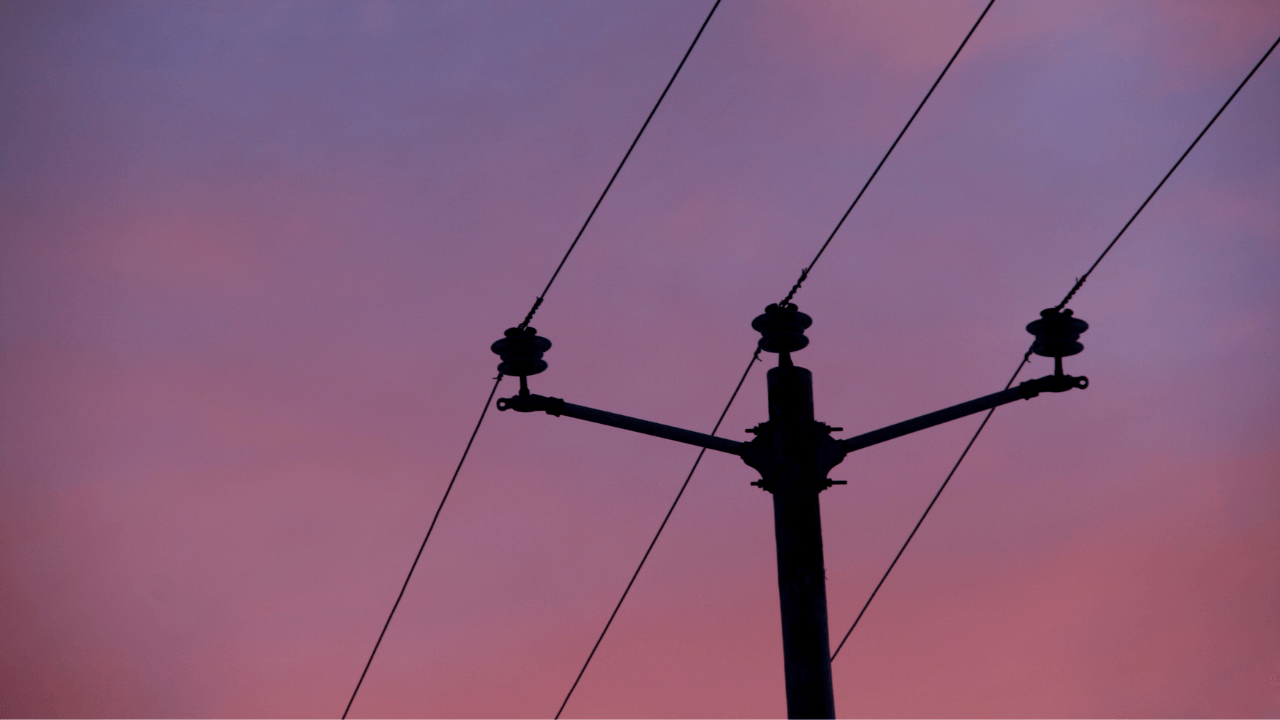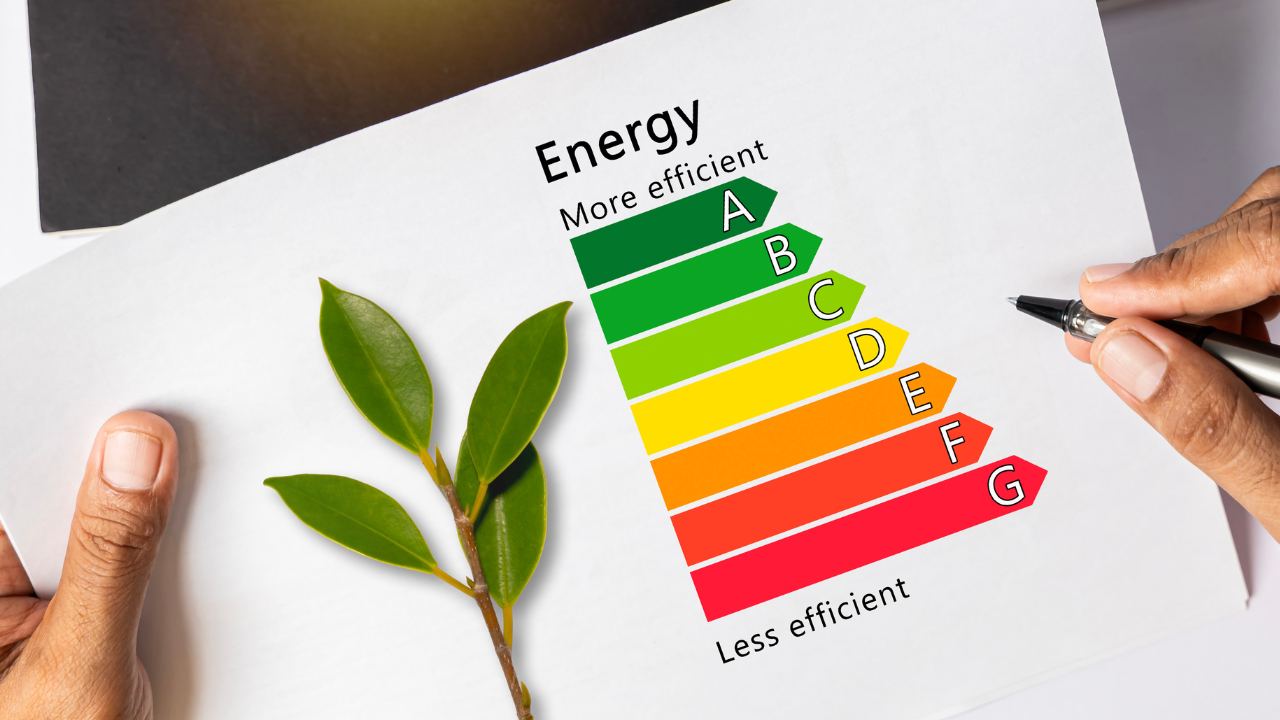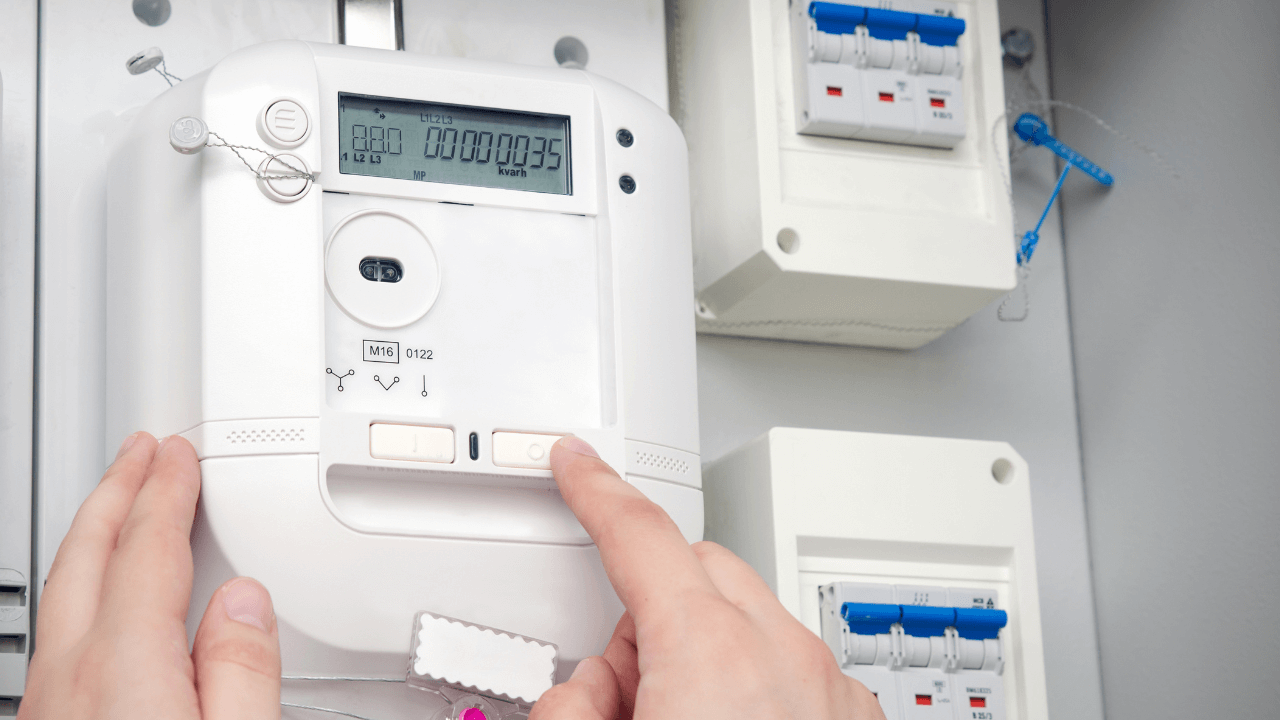A solar inverter is a critical component in a solar power system. It converts the direct current (DC) generated by solar panels into alternating current (AC) suitable for use in homes and businesses.
There are different types of solar inverters, and various types are tailored to specific solar systems, applications, and requirements.
These inverters not only facilitate the transition from DC to AC but also incorporate advanced functionalities such as:
- Maximum power point tracking (MPPT) to optimize energy harvest
- Remote monitoring for system performance
- Grid-tie capabilities for feeding surplus energy back to the grid
With technological advancements, solar inverters are evolving to support diverse applications, breaking the traditional notion that they are limited to simple DC-to-AC conversion in PV systems. This adaptability makes them swiftly integrated into modern energy ecosystems.
What does a solar inverter do?
A solar inverter works by converting the variable direct current (DC) output from your solar panels into alternating current (AC) output, typically at 120V/240V. This conversion is essential because household appliances and the electrical grid operate on AC, not DC.
The process begins when sunlight hits the solar panels, or photovoltaic (PV) cells, which are composed of semiconductor materials such as crystalline silicon or gallium arsenide.
These semiconductors have positive and negative layers connected by a junction. When sunlight is absorbed, it excites the electrons in the semiconductor layers, causing them to move and generating a DC current.
This DC current is then either stored in solar batteries or sent directly to the inverter, depending on the system configuration. This is where solar inverters come into play. When the DC reaches the inverter, it is transformed into AC through a series of electronic processes.
The inverter uses a transformer and two or more transistors that switch on and off rapidly to create an alternating pattern that mimics AC electricity. This process effectively “tricks” the transformer into treating the DC as AC.
It results in a usable AC output that can power household appliances or be fed into the electrical grid. This conversion and management of energy are crucial for the efficient use of solar power in residential and commercial settings.
Types of solar inverters
There are different inverters available for solar systems that serve different purposes and meet varying user requirements in commercial and residential settings. Let’s examine the following types of solar inverter technologies one by one.
- String Inverters
- Microinverters
- Power Optimizers
- Hybrid Inverters
- Battery Inverters
- Central Inverters
- Off-Grid Inverters
String Inverters
String inverters are one of the most established forms of solar panel inverters, utilizing decades-old technology. In this configuration, solar panels are grouped into strings, with each string connected to a single inverter.
They convert the direct current (DC) electricity produced by the solar panels into alternating current (AC) electricity, which is suitable for household use.
One significant drawback of string inverters is their sensitivity to shading or damage on a single panel, which can reduce the performance of the entire string of panels.
Microinverters
Microinverters are a newer, increasingly popular choice for residential solar systems. Unlike string inverters, microinverters are installed on each individual solar panel, allowing for DC to AC conversion to occur directly on the roof.
This setup ensures that shading or damage to one panel does not affect the performance of the others, as each panel operates independently.
Microinverters enable detailed monitoring of each panel’s performance. Although they are generally more expensive than other inverter types, their ability to maximize energy production can justify the higher cost.
Power Optimizers
Power optimizers combine many advantages of microinverters but at a slightly lower cost. These devices are also installed on individual panels and work by conditioning the DC output, which is then sent to a central string inverter for conversion to AC.
Power optimizers help mitigate the impact of shading or panel mismatch and allow for monitoring of each panel’s performance. This setup offers a balance between cost and efficiency, making it a practical choice for many solar installations.
Hybrid Inverters
Hybrid inverters are central to hybrid solar PV energy systems, which combine solar power generation with energy storage. These inverters allow excess energy produced during the day to be stored in batteries for later use or to be sold back to the grid.
Hybrid inverters integrate seamlessly with solar storage batteries to manage energy flow and ensure efficient usage of stored power. Their hybrid nature makes them ideal for users looking to maximize their energy independence and efficiency.
Battery Inverters
Battery inverters are specifically designed to integrate with energy storage systems. They convert the DC electricity stored in batteries into AC electricity, which can be used to power household appliances or be fed into the grid.
Battery inverters are essential for off-grid systems or for providing backup power during outages. These solar panel inverters also facilitate energy management by ensuring that stored solar energy is efficiently utilized when needed.
Central Inverters
Central inverters are used in large-scale solar installations, such as utility-scale solar farms. They operate similarly to string inverters but on a much larger scale. It handles the DC output from multiple strings of solar panels and converts it to AC for distribution.
Due to their size and complexity, central inverters are highly efficient and cost-effective for large projects but are less suited for residential or small commercial applications.
Off-Grid Inverters
Off-grid inverters are designed for systems that are not connected to the electrical grid. These inverters convert DC electricity from solar panels and batteries into AC electricity for use in isolated locations.
Off-grid inverters often include advanced features for managing energy storage and consumption, ensuring a reliable power supply in remote or self-sufficient setups. They are crucial for applications where grid connectivity is unavailable or impractical.
The Benefits of a Solar Inverter
Let’s have a look at some key benefits that not only enhance energy efficiency but also ensure the reliability and safety of solar power systems.
- Grid Compatibility – Solar inverters ensure seamless integration with the utility grid by synchronizing the phase, voltage, and frequency of the solar-generated AC power with the grid’s parameters. This ensures efficient bidirectional energy flow and avoids any conflict in the bidirectional energy channel.
- Monitoring and Management – Equipped with advanced digital interfaces, solar inverters provide real-time telemetry on energy production, consumption, and system health. This enables precise energy management and troubleshooting through remote monitoring.
- Safety Features – Featuring advanced safety protocols like anti-islanding, rapid shutdown, and ground fault protection, modern solar inverters enhance operational safety by preventing backfeed to the grid during outages and quickly isolating faults.
- Improved System Performance – Solar inverters optimize the power output of each panel by utilizing technologies such as Maximum Power Point Tracking (MPPT). This facilitates maximum energy harvesting and enhances the overall efficiency of the PV system.
- Flexibility – Solar inverters support diverse system architectures, including grid-tied, off-grid, and hybrid configurations. They adapt to various energy requirements and enable integration with battery storage solutions.
Frequently Asked Questions (FAQ)
What is the difference between a solar panel and a solar inverter?
A solar panel generates electricity from sunlight, while a solar inverter converts this electricity from direct current (DC) to alternating current (AC) for use in your home and business. Solar panels provide long-term savings and benefits, whereas the inverter is crucial for making the energy generated by solar panels usable by different electronic equipment and appliances.
How much does a solar inverter cost?
Solar inverters typically cost between $1,000 and $1,500 for average-sized installations. They account for about 6% to 9% of total installation costs, averaging $0.18 per watt, with variations depending on system size and configuration.
How long does a solar inverter last?
String inverters have a lifespan of 10-15 years, while microinverters can last 20-25 years. Factors affecting longevity include heat, installation quality, humidity, and maintenance practices.
Conclusion
High-end solar inverters are essential for the smooth and efficient conversion of DC electricity from solar panels into usable AC power for homes and businesses. With features like grid compatibility, real-time monitoring, and advanced safety mechanisms, they enhance the performance and reliability of solar systems.
Proper maintenance and optimization of solar inverters are crucial for their longevity and reliable performance.
SalTec’s solar monitoring solution enhances solar systems’ performance by optimizing power sources. We recommend you explore our solar IOT solutions, which provide a multi-functional IoT/RMS gateway for load management, enabling remote performance monitoring and energy management.
Our solar installers create a single support center (NOC) for mixed-brand inverters and enable integration with mobile applications. Need to revolutionize your solar system management? Connect with our team of experts today.



